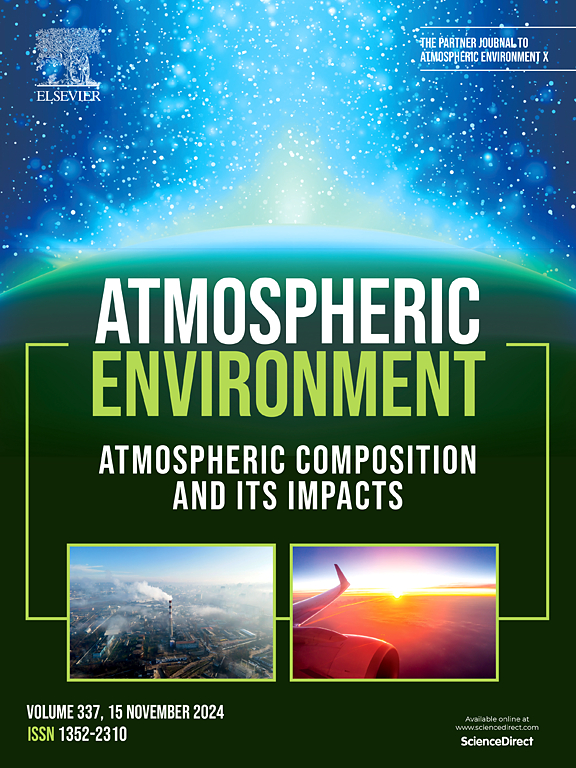Traffic signatures in suspended dust at pedestrian levels in semiarid zones: Implications for human exposure
2016-08-01 null null 138(卷), null(期), (null页)
Deeper knowledge on dust suspension processes along semiarid zones is critical for understanding potential impacts on human health. Hermosillo city, located in the heart of the Sonoran Desert was chosen to evaluate such impacts. A one-year survey of Total Suspended Particulate Matter (TSPM) was conducted at two different heights (pedestrian and rooftop level). The minimum values of TSPM were reported during monsoon season and winter. Maximum values showed a bimodal distribution, with major peaks associated with increase and decrease of temperature, as well as decreasing humidity. Concentrations of TSPM were significantly exceeded at pedestrian level (similar to 44% of analyzed days) when compared to roof level (similar to 18% of analyzed days). Metal concentrations of As, Pb, Cu, Sb, Be, Mg, Ni, and Co were higher at pedestrian level than at roof level. Pixel counting and interpretations based on scanning electron microscopy of dust filters showed a higher percentage of fine particulate fractions at pedestrian level. These fractions occur mainly as metal-enriched agglomerates resembling coarser particles. According to worldwide guidelines, particulate matter sampling should be conducted by monitoring particle sizes equal and inferior to PM10. However, this work suggests that such procedures may compromise risk assessment in semiarid environments, where coarse particles act as main carriers for emergent contaminants related to traffic. This effect is especially concerning at pedestrian level, leading to an underestimation of potential impacts of human exposure. This study brings forward novel aspects that are of relevance for those concerned with dust suspension processes across semiarid regions and related impact on human health. (C) 2016 Elsevier Ltd. All rights reserved.
相关推荐
- Seasonal quantification of Zn2+, Pb2+and Cu2+in urban dusts in a semiarid city in northwest Mexico [2016-08-01]
- Arsenic and lead in the soils of San Antonio-El Triunfo mining district, BCS, Mexico: a human health risk assessment [2016-08-01]
- In vitro assessment oral and respiratory bioaccessibility of Mn in school dust: Insight of seasonality in a semiarid environment [2016-08-01]
- Mineralogy and Geochemistry of Rural Road Dust and Nearby Mine Tailings: A Case of Ignored Pollution Hazard from an Abandoned Mining Site in Semi-arid Zone [2016-08-01]
- Behavior of Metals Under Different Seasonal Conditions: Effects on the Quality of a Mexico-USA Border River [2016-08-01]



